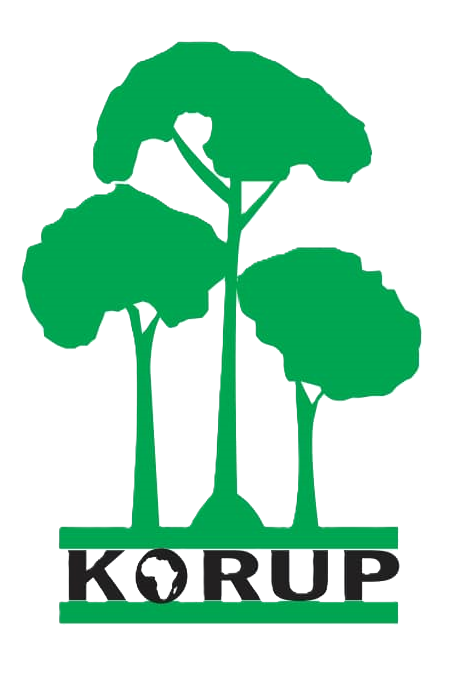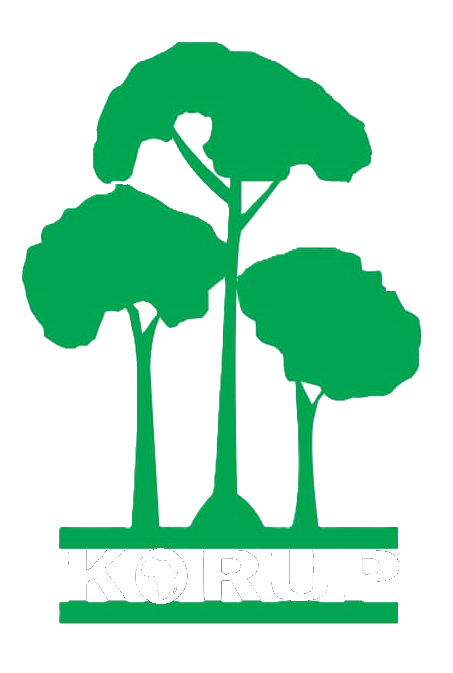Wildlife & Habitat of Korup National Park
- Home
- Wildlife & Habitat

A Living Museum of Biodiversity
Korup National Park is a rainforest treasure chest — one of the most ancient and biologically rich ecosystems in Africa. Covering 1,260 km², it shelters thousands of species, many of which are endemic, rare, or critically endangered. The park’s diversity has made it both a conservation priority and a scientific research hub.
Mammals of Global Importance
Forest Elephant (Loxodonta cyclotis) – a keystone species under threat.
Primates:
Nigeria–Cameroon Chimpanzee (Pan troglodytes ellioti) – Critically Endangered.
Drill Monkey (Mandrillus leucophaeus) – one of the world’s rarest primates.
Preuss’s Red Colobus (Piliocolobus preussi) – restricted to southwest Cameroon and southeast Nigeria.
Preuss’s Monkey (Cercopithecus preussi) and several Cercopithecus guenons.
Bats: 55 species recorded.
Numerous antelopes and smaller mammals that play vital ecological roles.
In total, 161 mammal species from 33 families have been recorded.
Birdlife : A Birder’s Paradise

Korup is a hotspot for birdwatching with over 410 bird species documented. Highlights include:
Grey-necked Rockfowl (Picathartes oreas) – rare, cave-nesting bird and birdwatcher’s delight.
Numerous restricted-range forest birds unique to the Guinea–Congo forests.
Migratory species that link Korup to global flyways.
Reptiles, Amphibians & Fish
82 reptile species, including pythons and monitor lizards.
92 amphibian species, many adapted to Korup’s humid microhabitats.
130 fish species thrive in the park’s rivers and streams
Insects & Butterflies

Korup is famous for its 950 species of butterflies, making it one of the most diverse butterfly habitats in Africa. This extraordinary richness makes it a paradise for entomologists and nature photographers.
Flora & Medicinal Plants
3,500 vascular plant species, with 30% endemism.
Over 620 species of trees and shrubs.
480 medicinal plants and herbs, including the globally renowned Ancistrocladus korupensis, source of Michellamine B, an anti-HIV compound.
Non-timber forest products like bush mango and njansang, vital for local livelihoods.

Unique Landscapes & Habitats
- Primary Lowland Rainforest – lush, evergreen forest, part of the Guineo-Congolian biome.
- Rivers & Waterfalls – including the picturesque Mana River, home to the Mana suspension bridge.
- Rock formations & caves – such as Rengo Rock and Namata ledges, important for both nature and culture.
- Enclave villages within the park where forest and human life intersect.
- Vitae litora erat penatibus nam lorem
Why It Matters
Korup’s ecosystems act as a Pleistocene refugium a safe haven where species survived the ice ages. This explains its incredible endemism and makes it a priceless storehouse of global biodiversity. Protecting Korup means safeguarding species found nowhere else on earth and preserving a natural heritage for future generations.

